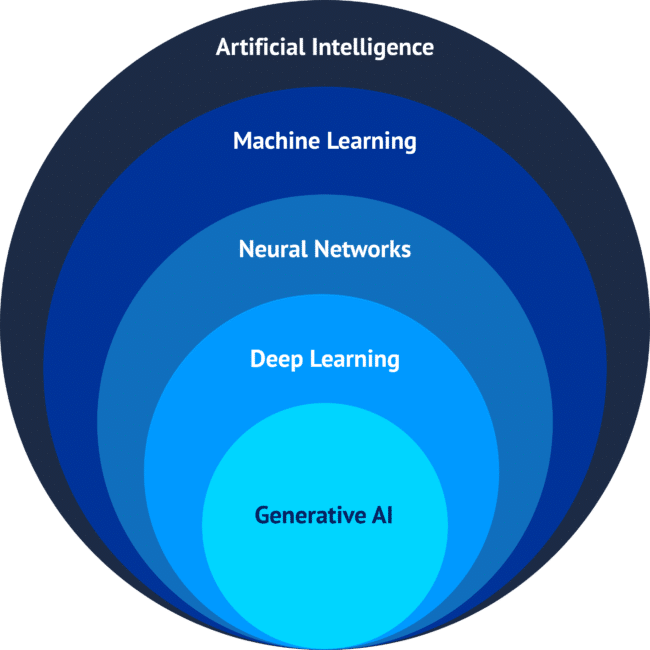Those wanting to utilize data modeling need to first evaluate the accessibility and relevance of their data.
There is now more buzz than ever around artificial intelligence (AI) with the proliferation of new tools and technologies using AI. A use case of particular interest in business is to utilize AI to help model the future and automate tasks that otherwise would be repetitive or boring for a human to do.
As you consider performing real AI data analytics and modeling, these 5 questions will help data analysts prepare for challenges they may face parsing your data.
5 Questions to Ask Before You Start AI Data Modeling
1. How Clean is Your Data?
To begin, evaluate the data to be used in AI. The data within a feature should be varied and filled in. When prepping your data, ask these questions:
- Do you have repetitive values throughout the table? If so, your AI algorithm will not be able to learn anything new and will not be useful for modeling.
- Do you have missing gaps of data? Gaps in data will also be hard to use as a data scientist will not be able to determine the true value that should be there. To solve the problem, you’ll have to find a way to estimate the value that should be used.
Ensuring your data is free from repeated or missing data will result in data accuracy, allowing AI to accurately model and predict. This article about enabling price transparency in healthcare is a perfect example of the issues that can arise from dirty data sources.
2. Does Your Data Represent Your Customer Base?
AI is not perfect. If your data is currently biased toward a certain type of customer, your AI will amplify that bias in the predictive analytics. If you have a service/product that is struggling, it is beneficial to figure out how to fix the problem prior to implementing data modeling instead of trying to use modeling to solve your problem.
For example, pretend you own a hundred locations across the country for your company.
- Do you have data points for every single location?
- For the customers you currently have, does this represent the base you want to have in the future?
- If you offer services to your customers, does every service have data about how customers enjoyed it?
3. How Easy Is It To Understand Your Data?
Building an AI data model can be much more efficient if you have subject matter experts and good documentation to inform the process. Otherwise, data scientists must figure out the specifics of and use cases for your data on their own. Understandable data will help make the model easier to understand for others as well.
- If you were to hire a new worker who will be exclusively working on your data, how easy would it be for them to find basic information they need to write a report or create a view?
- Do you have subject matter experts who know every crook and crevice of your data, so they can easily find any data point? Or are there no employees aware of what the data contains?
- Do you have good documentation laid out detailing the data each table contains and how the tables relate to each other?
4. How Much Historical Data Do You Have?
It might be best to wait until you have a sufficient period of clean data before you get started using AI for modeling and predictions. The further back you can go on your data, the easier it could possibly be to predict what will happen next.
This statement is even more true if you do not generate large amounts of data (millions of rows) within a single year. The less data you have per year, the more years of data you need to build a good model and gain valuable insights.
- How far back can you go with your existing data?
- Do you have years of good clean data or have you only started cleaning up your data recently?
5. How is your data formatted when input into your systems?
How your data comes into your system can impact how easily the data can be used right away in data science and data-driven decision-making.
- Freeform text is one of the hardest data types to use with AI. Freeform text usually has to go through an expansive process of cleaning and organizing to get something even remotely intelligible for a machine to use. Only use freeform text where you absolutely must and use formatted data wherever possible.
- Numeric data is the easiest data to plug into the AI and machine learning algorithms.
- Categorical features should have consistently named categories in all of your data for maximum efficiency.
When reviewing your data, ask:
- How much unstructured data do you have?
- Do your dates correctly come in as dates?
- Are you using forms that mostly have multiple choice answers and form validation to be sure the data is stored in the correct type?
Improve Your Decision Making with Accurate AI Data Modeling
The right data at the right time can empower your organization to make smarter decisions that power your growth. Our data analytics consultants at InfoWorks leverage machine learning, artificial intelligence, natural language processing, patterning, and data modeling to enable your team to succeed in today’s data-driven environment. Contact us for help.





